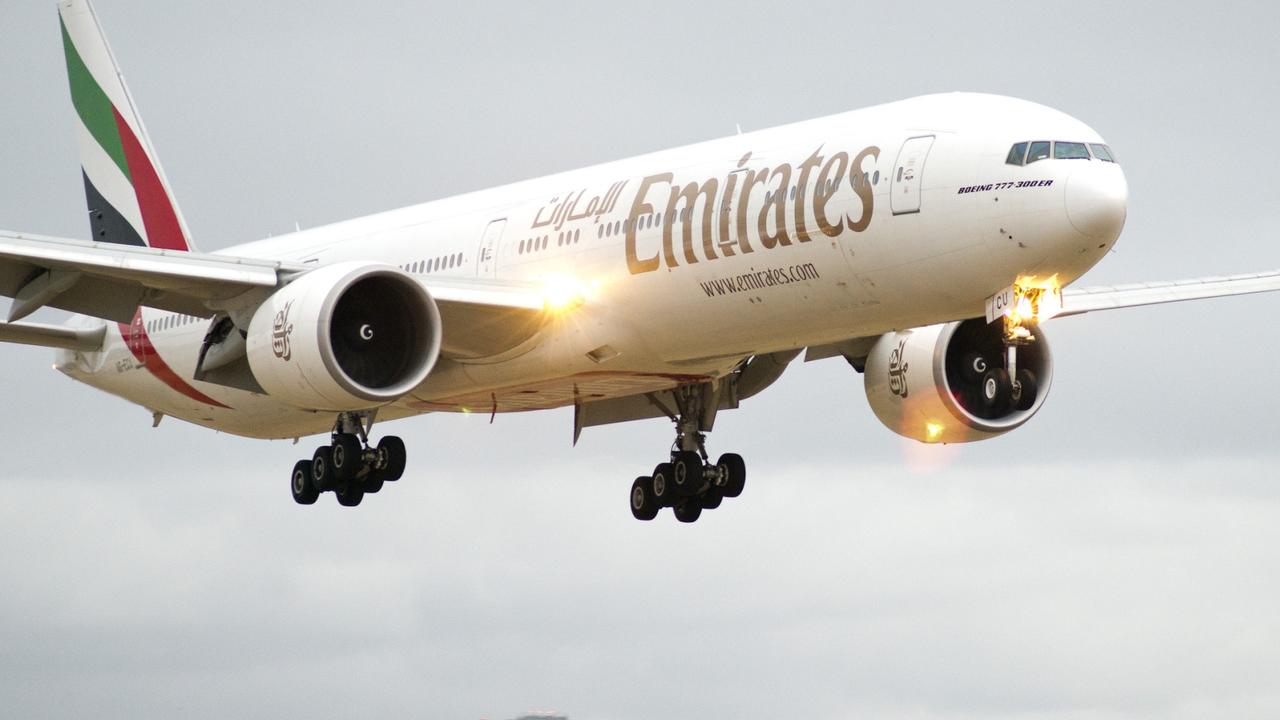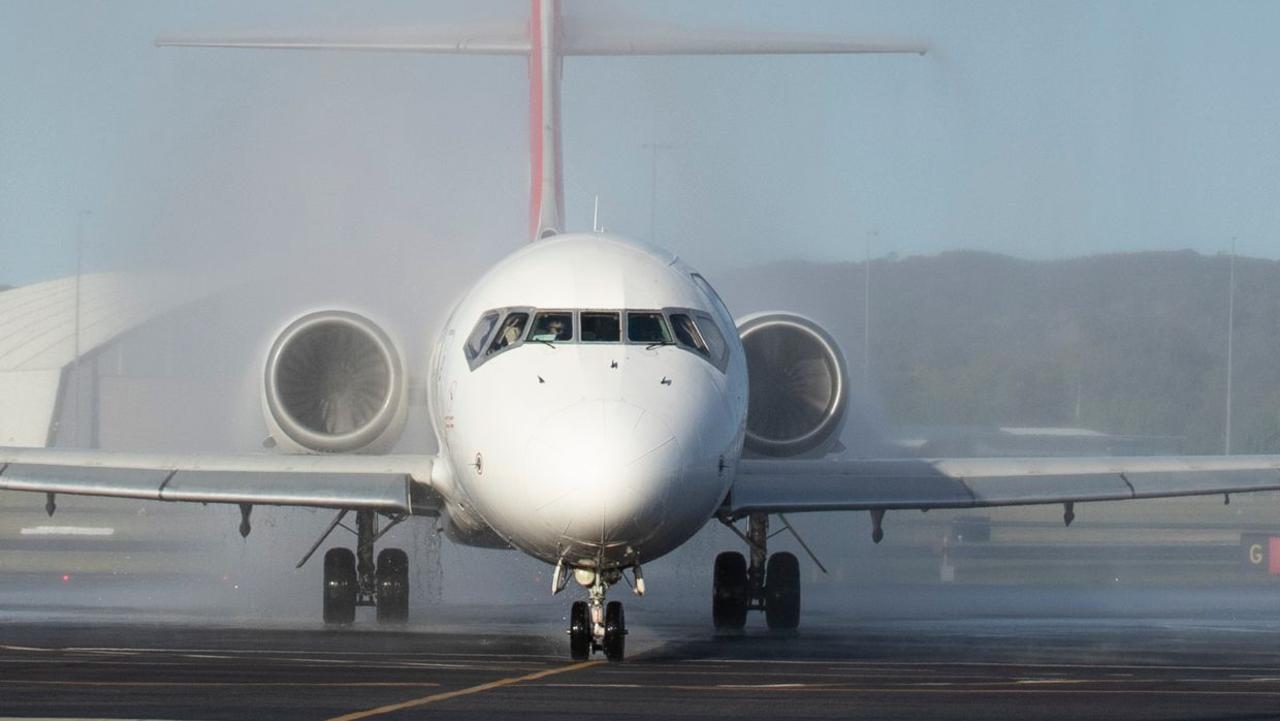Air New Zealand to change future of flying as AI exposes plane food no one likes, bunk beds added to economy
This airline is committed to change the future of flying – using AI to expose the plane food no one likes and adding bunk beds to the economy cabin.
Air New Zealand wants to change the way you fly.
The airline’s chief customer and sales officer Leanne Geraghty sat down with news.com.au at the CAPA Airline Leader Summit in Brisbane to discuss how the flying experience is going to change for customers in the near future.
While the New Zealand carrier grapples with disruptions to its operations due to several aircraft being out of action as a result of issues with Rolls-Royce and Pratt & Whitney-manufactured engines, it remains focused on innovating.
AI exposes the food no one likes
The airline will soon make important changes to its menu after artificial intelligence was used to determine what travellers actually want to eat.
During trials that started last year, 30,000 photos were taken of food trays coming off flights from Los Angeles and Hong Kong to document food waste.
“Then we use AI to analyse it so it actually tells us what’s untouched, how much of a certain item is actually consumed, what is fully consumed and then we use that to give us insights into what customers do or do not eat,” Ms Geraghty explained.
“For example, we know the beetroot hommus on the entree dish is not popular.”
Neither is the blue cheese. They also found salad-based rather than grain-based salads are much more popular on the economy menu.
Ms Geraghty said changes would soon be made to ditch the unpopular ingredients.
She added the process not only helps deliver a product customers want, but is also “hugely beneficial from a waste perspective”.
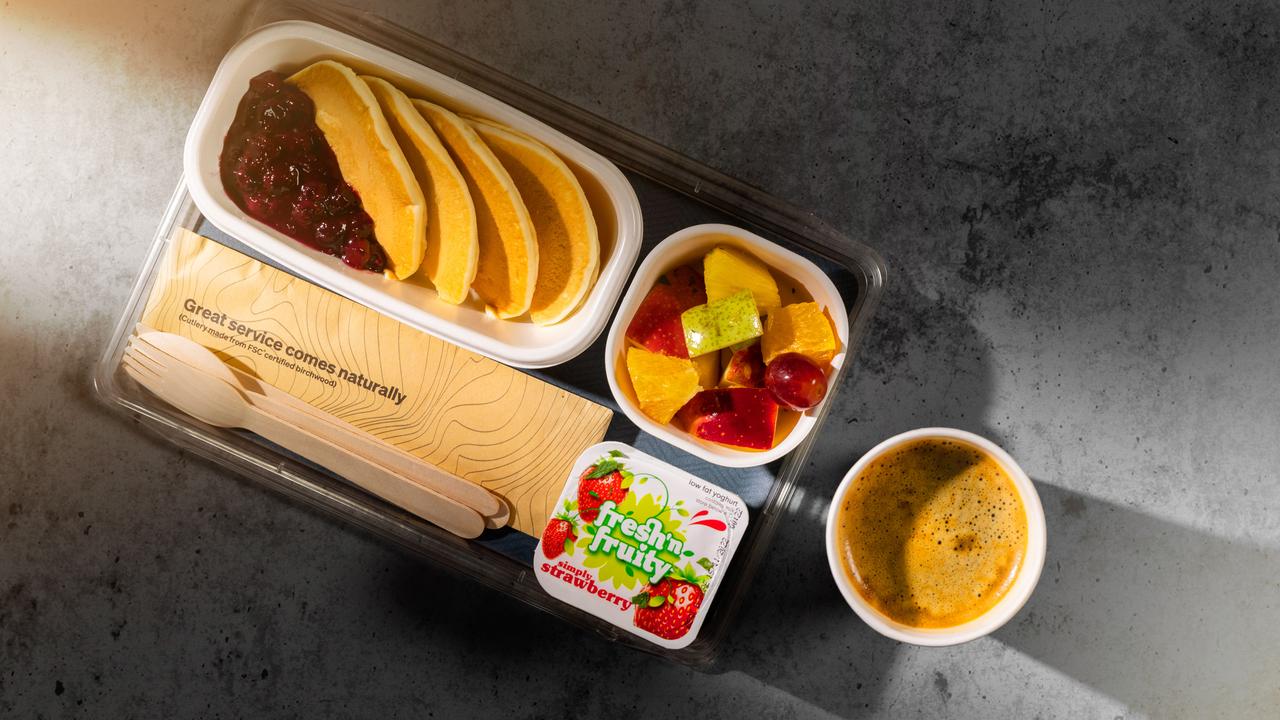
A new way to check-in
Self-serve check-in kiosks at airports may still be considered innovative but they are not new to Australian and New Zealand travellers, and Air New Zealand believe the current tech is already outdated.
“Air New Zealand was the first to introduce self-serve kiosks for check-in back in the day,” Ms Geraghty said.
“Recently we’ve been working on what we call the ‘next-generation kiosks’ and development of that.”
Earlier this month, they tested out their proof of concept at Auckland Airport to gather feedback that will the feed the development and design of the tech.
Ms Geraghty said the new next-gen kiosks are “much faster” and smaller, as well as movable because they are iPad-based.
“There’s a number of functions that occur one-by-one in the kiosk today that we’re looking to run in parallel to take time out,” she said.
“The whole scanning proposition is different where you have to scan your passport. We’re doing that differently.”
While Ms Geraghty said it was too soon to give an indication on when the new kiosks might be rolled out because there was still “a lot of refinement to do”, she said she was “super excited” on how it was developing and urged us to “watch this space”.
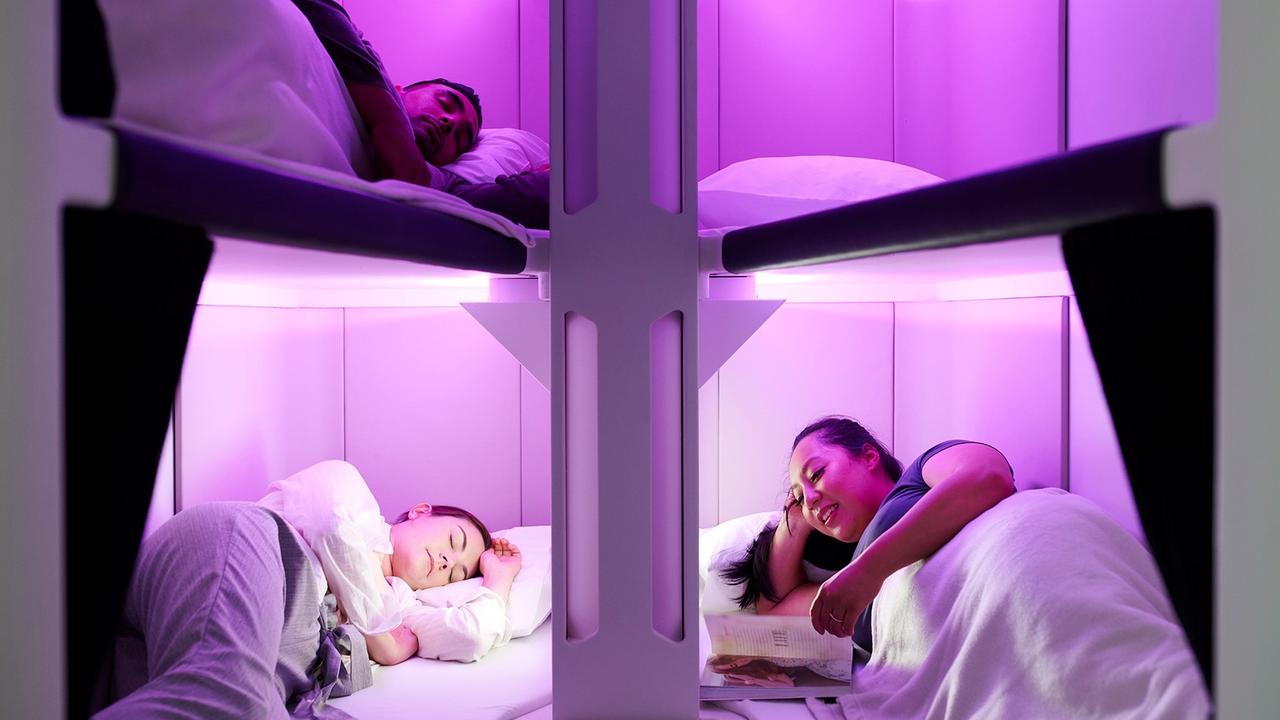
Bunk beds added to the economy cabin
When talking about innovation, it is impossible to overlook bunk beds on planes.
Air New Zealand’s ‘Skynest’ is a pod of six bunk beds that anyone in economy or premium economy can book for a four hour timeslot.
They will be available on the airline’s new Boeing 787 Dreamliner aircraft, which are due to arrive at the end of 2025, and will first be seen on the Auckland to New York route.
“We’ve specifically selected that one because it is our longest flying route and people have told us they want to arrive well and well rested at the destination, so it’s the perfect one to launch,” Ms Geraghty said.
The Skynest will be an add on product that passengers must purchase before their flight.
“After the four hours, the crew will, if you’re not awake, gently wake you and take 30 minutes and reset, refresh all the linen and the next people will come in,” she explained.
As for whether you can book more than four hours, the answer is a no.
“Ultimately down the track we would like to make them available for purchase in-flight but that would be a next phase,” Ms Geraghty said.
The price is yet to be determined, but will likely cost more than $500.
“Early indications were a price point somewhere in the $400 to $500 range for the four hour block but that was done in a pre-Covid context, so the teams are just working through that as a part of the on sale process over the coming months,” she said.
Among other upgrades coming with the new Boeing 787s is the ‘Sky Pantry’, where economy and premium economy passengers can help themselves to snacks and drinks at any time, and premium economy seats reclining into hard shell.
“So if you’re in that cabin, you will not have a seat recline on you,” Ms Geraghty said.
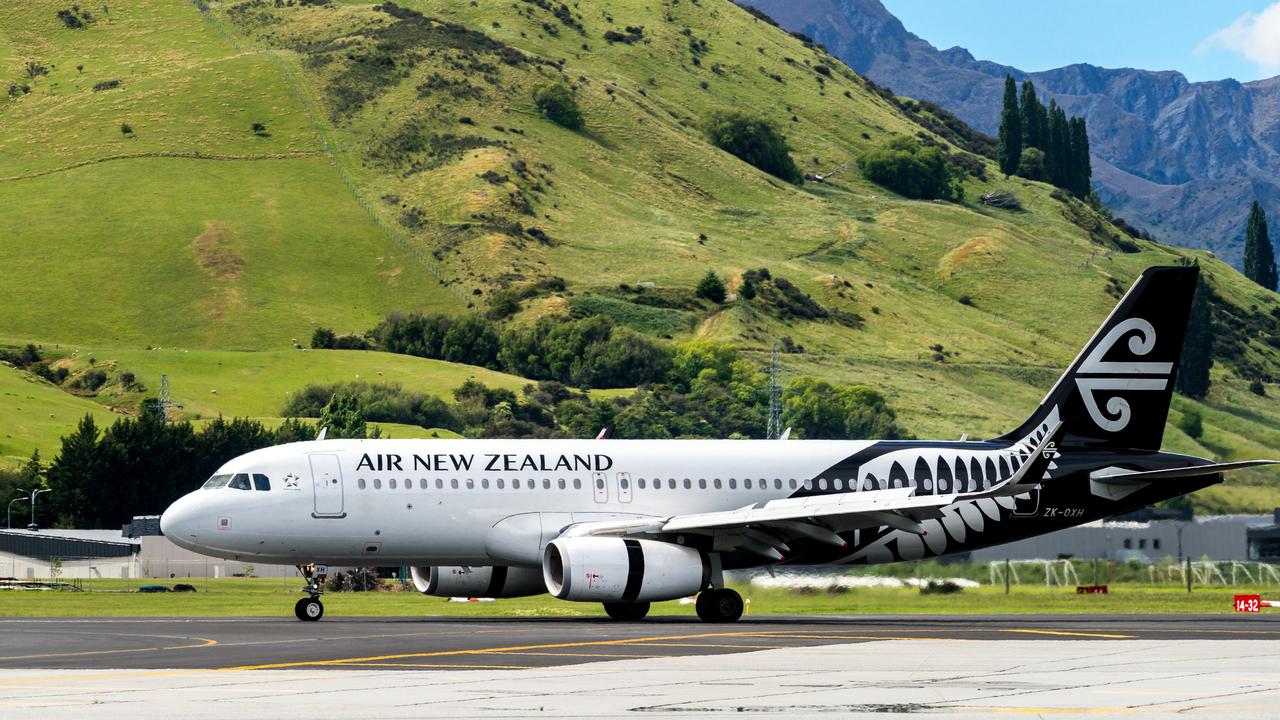
Wi-Fi on domestic flights
Air New Zealand has had Wi-Fi on long-haul international services for about seven years, but does not have Wi-Fi on domestic flights.
Ms Geraghty said using satellite like on their long-haul services is “really challenging” on domestic services in New Zealand because of its geography, so they have opted for Elon Musk’s Starlink.
“We don’t have broadband like it is available in other countries so Starlink is the perfect way for us to be able to deliver Wi-Fi for our domestic customers,” she said.
“People will be able to stream and all sorts of things, whereas traditional Wi-Fi with satellite is limited in terms of its bandwidth.”
She said Starlink would “take it to another level” and would trialled on the domestic network “toward the end of this year”.
“[We’re] hoping that it all goes incredibly well and it is a new product we can deliver to customers,” she said.
“We definitely just think people expect Wi-Fi wherever they are.”
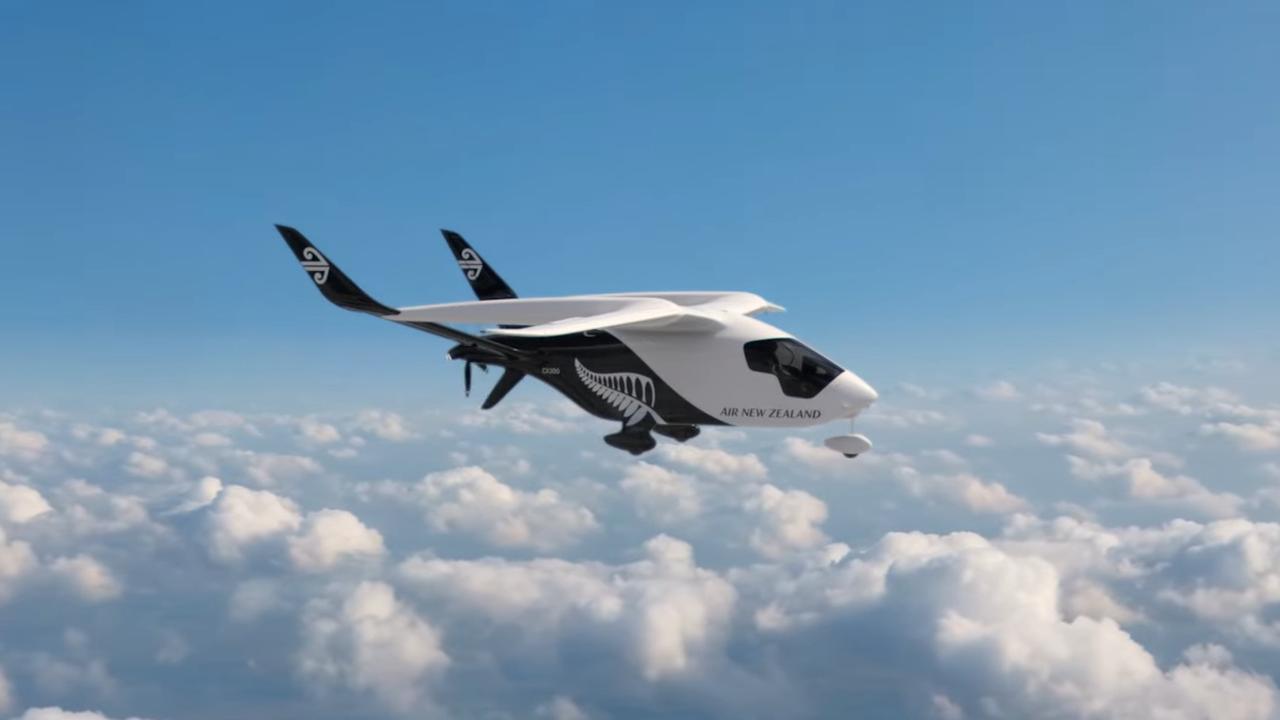
Electric aircraft
Air New Zealand is taking steps toward introducing electric planes to its fleet.
The airline’s first all-electric aircraft, the Beta ALIA, will take flight in 2026 to transport cargo.
“We’re going to be using that as a demonstrator type scenario to carry NZ Post between Wellington and Marlborough,” Ms Geraghty said.
And while it won’t be taking passengers, she said it is a “a significant step forward” to next-generation aircraft.
“It’s a fully electric aircraft this particular one so it will be an opportunity for us to gain a lot of insights and knowledge as to how that operates to help work through next steps for next-gen in terms of passenger fleet,” she said.
“The structure of the geography of New Zealand and the route network does make it quite ideal to test these type of aircraft.
“We think that over time when passenger aircraft are available, they will open up opportunities for a whole bunch of different route connectivity and route selections within the country.”




